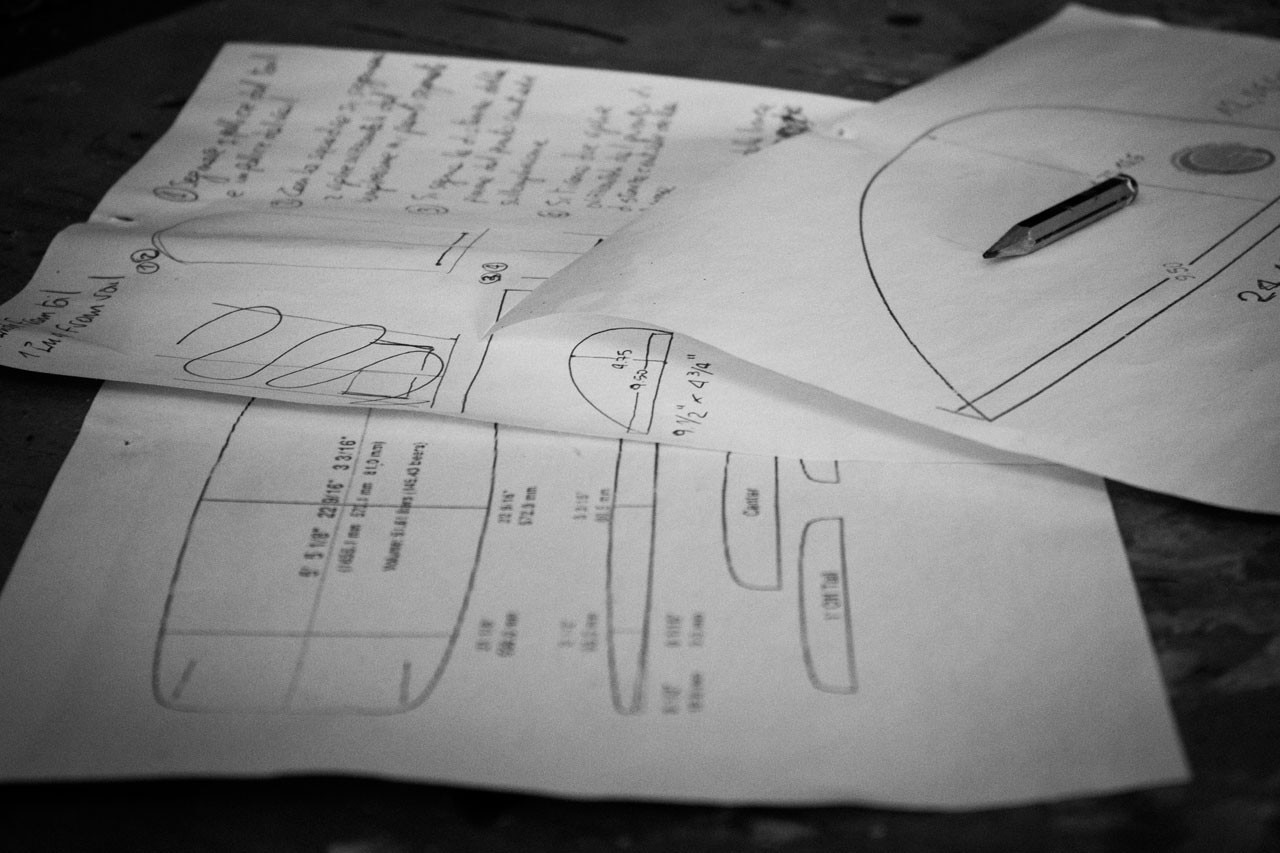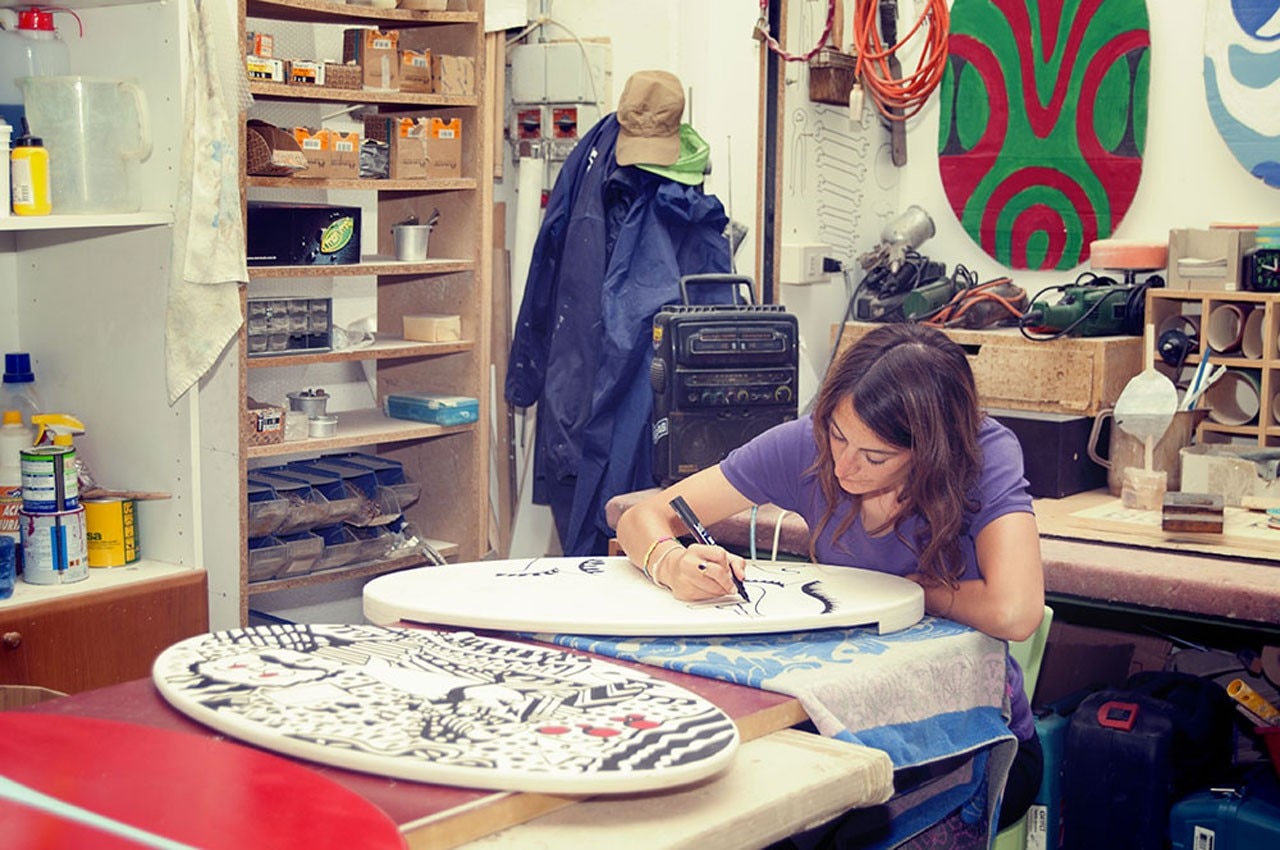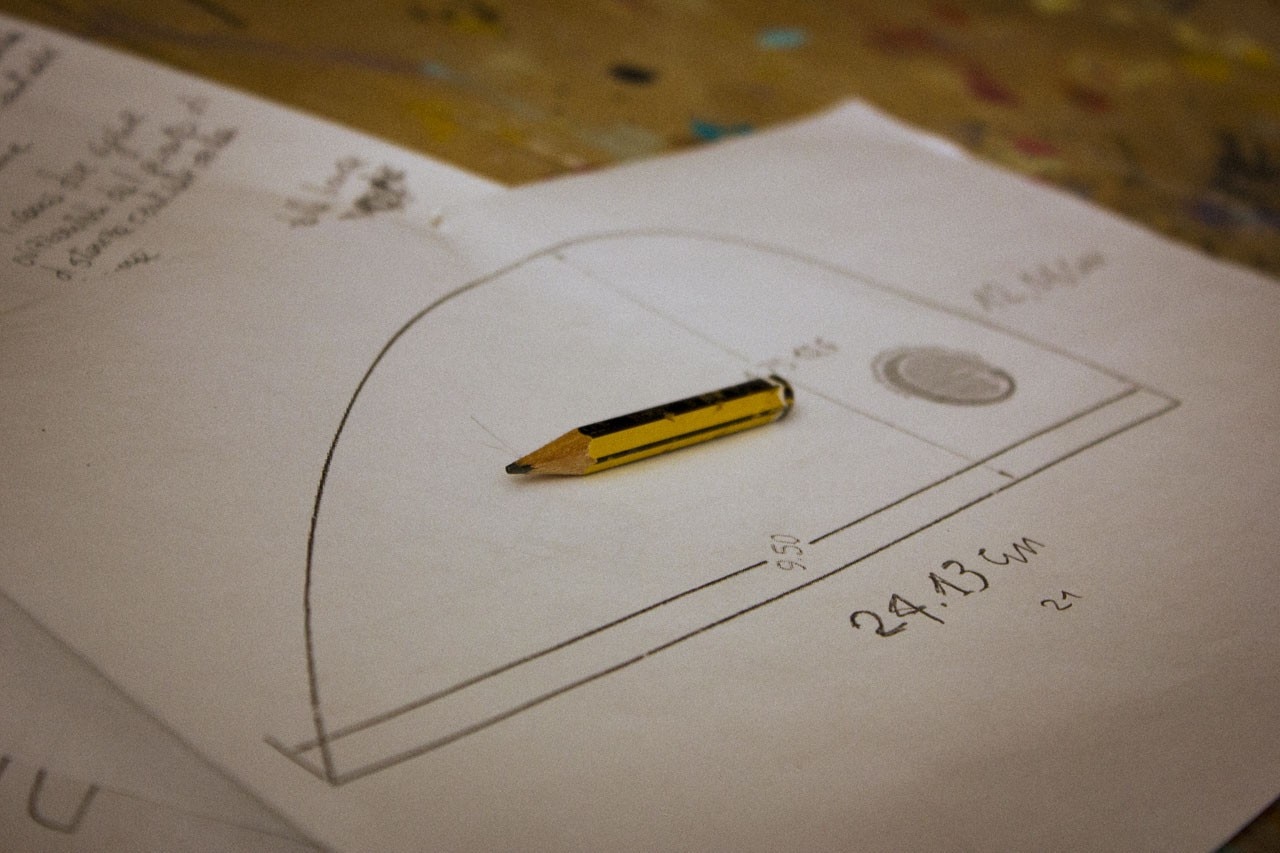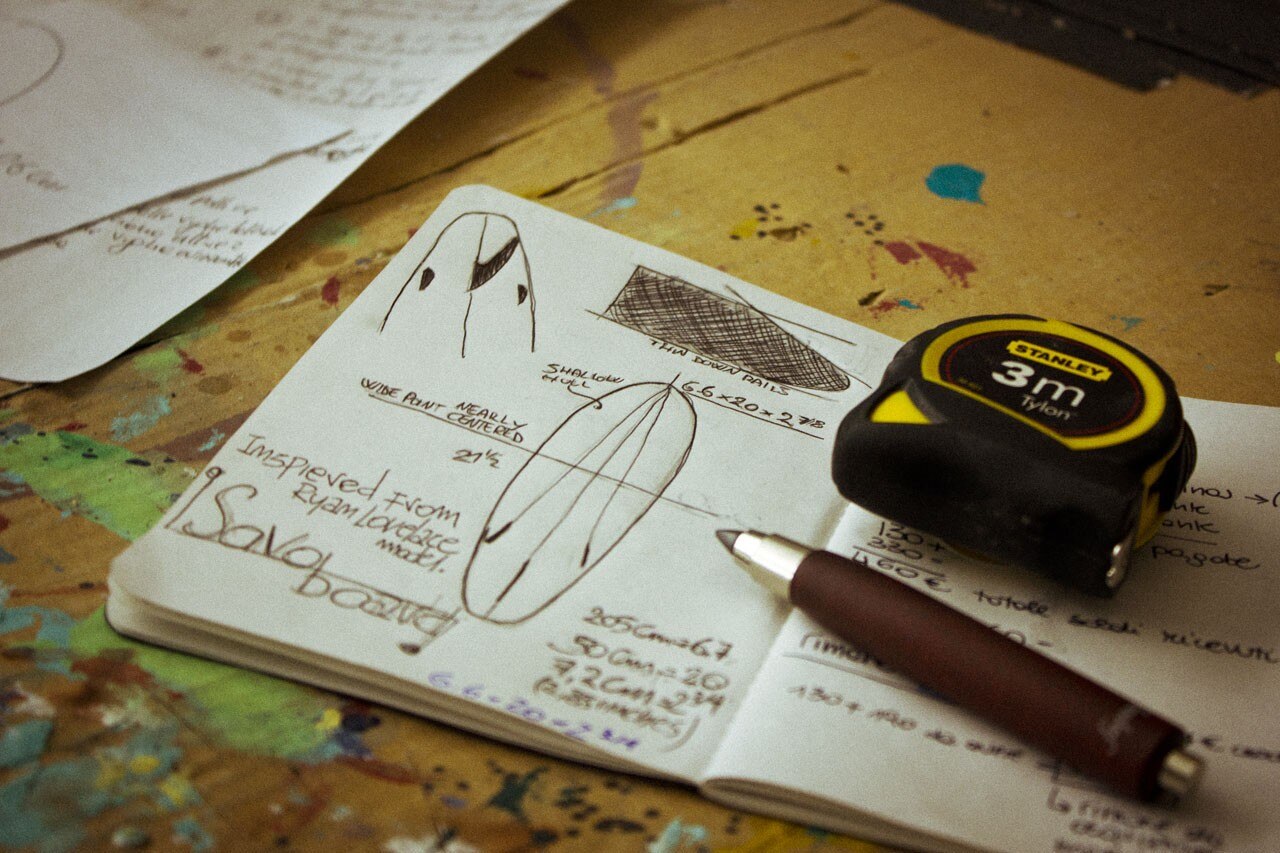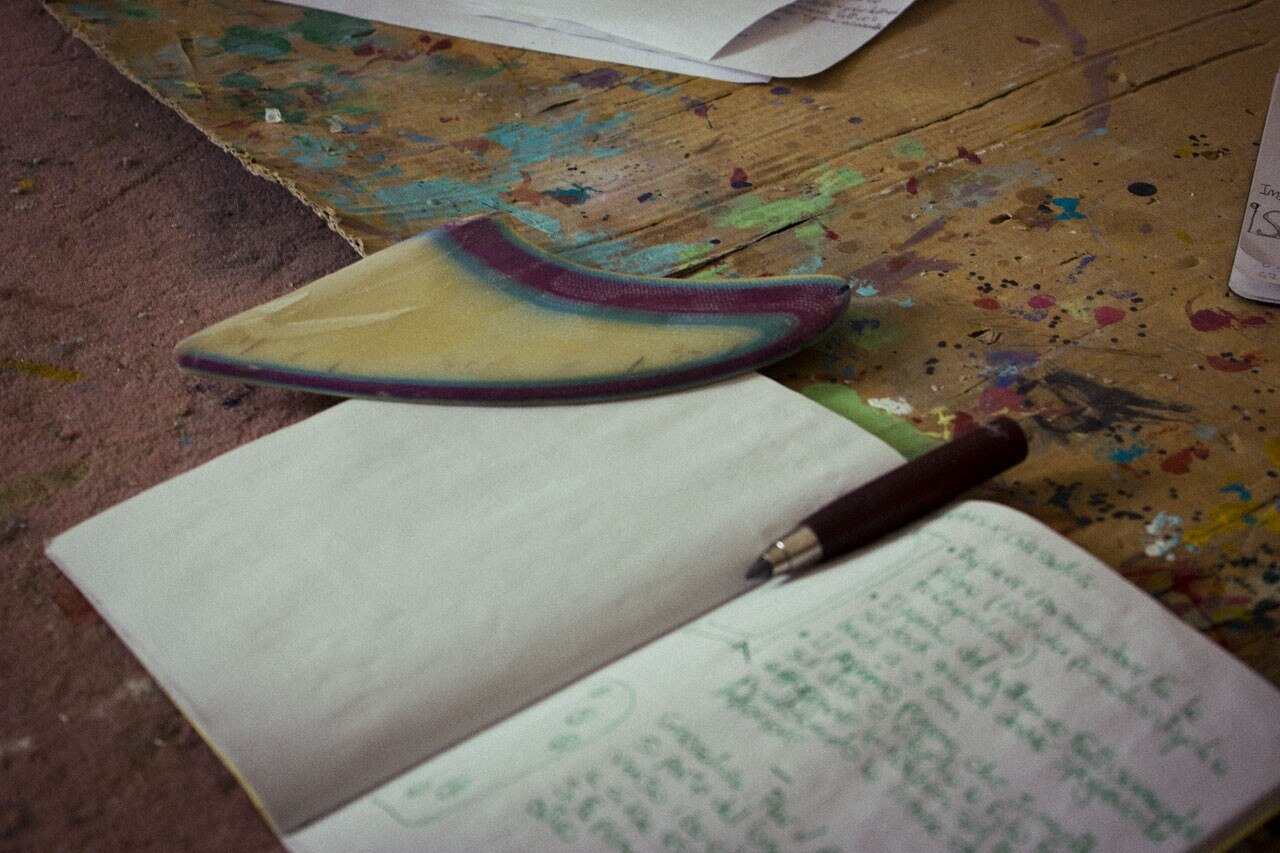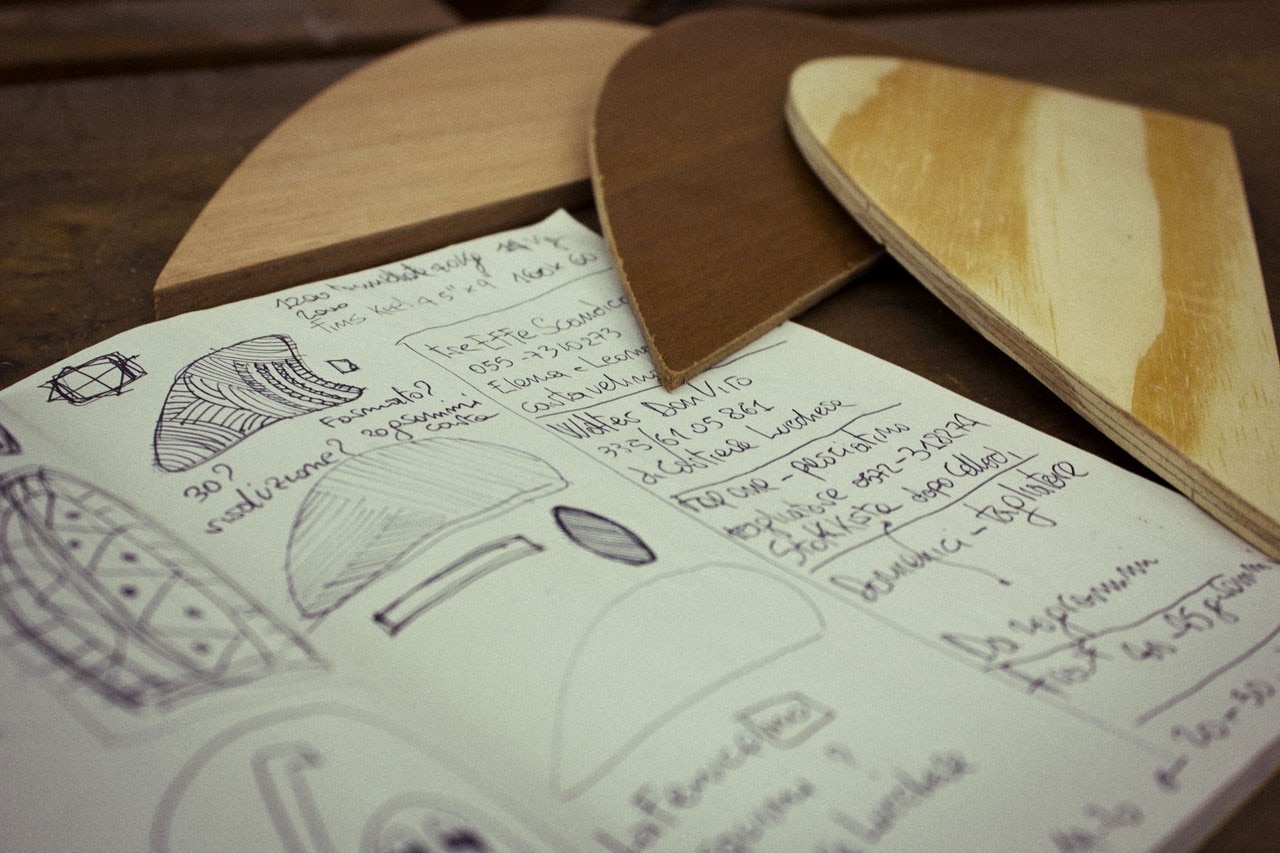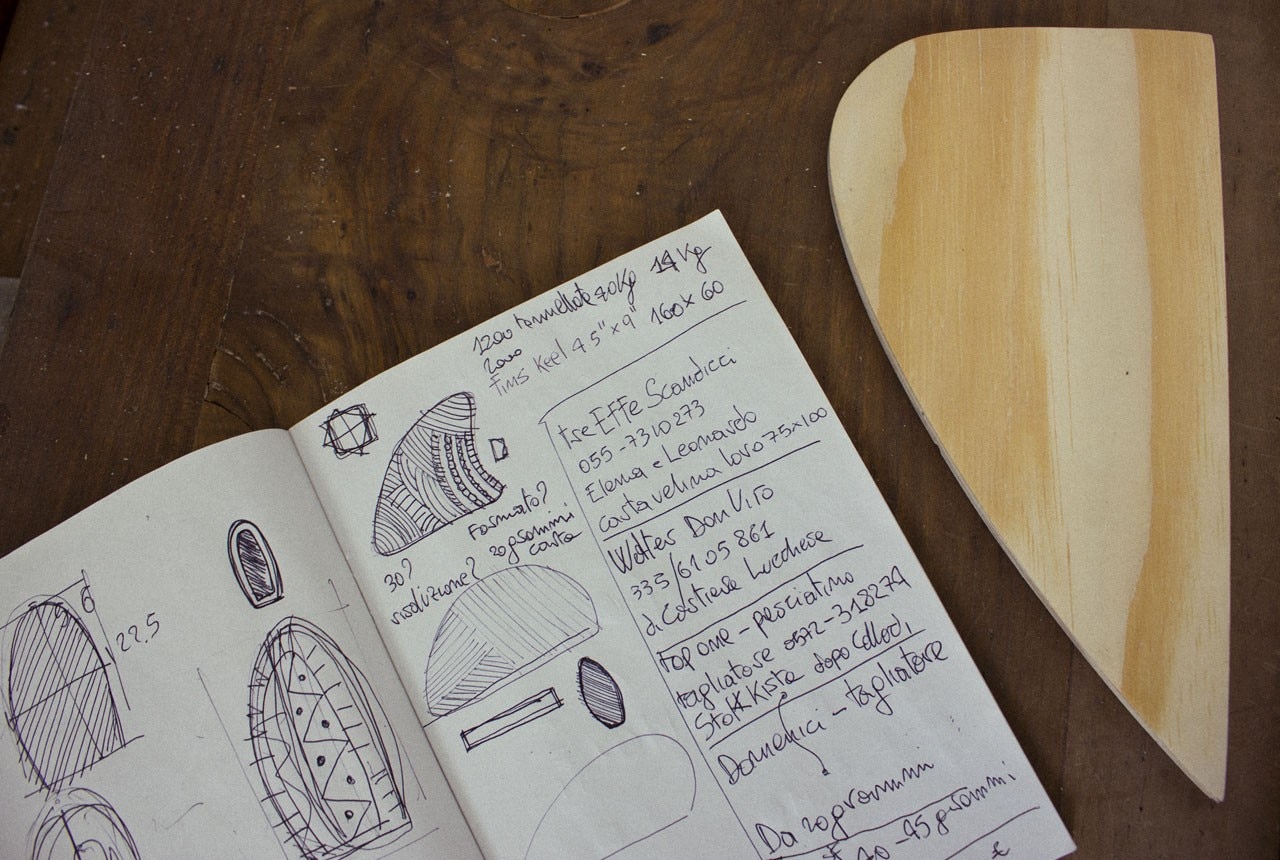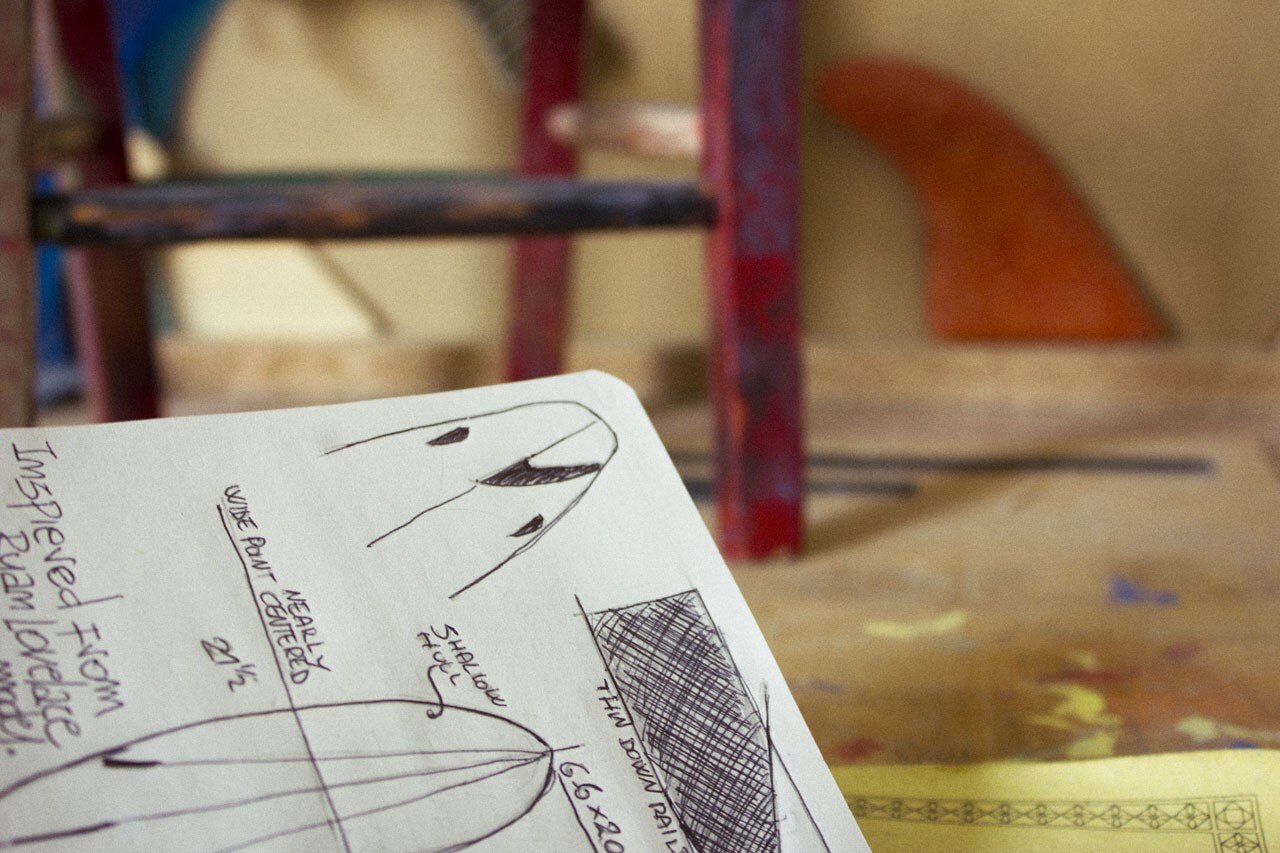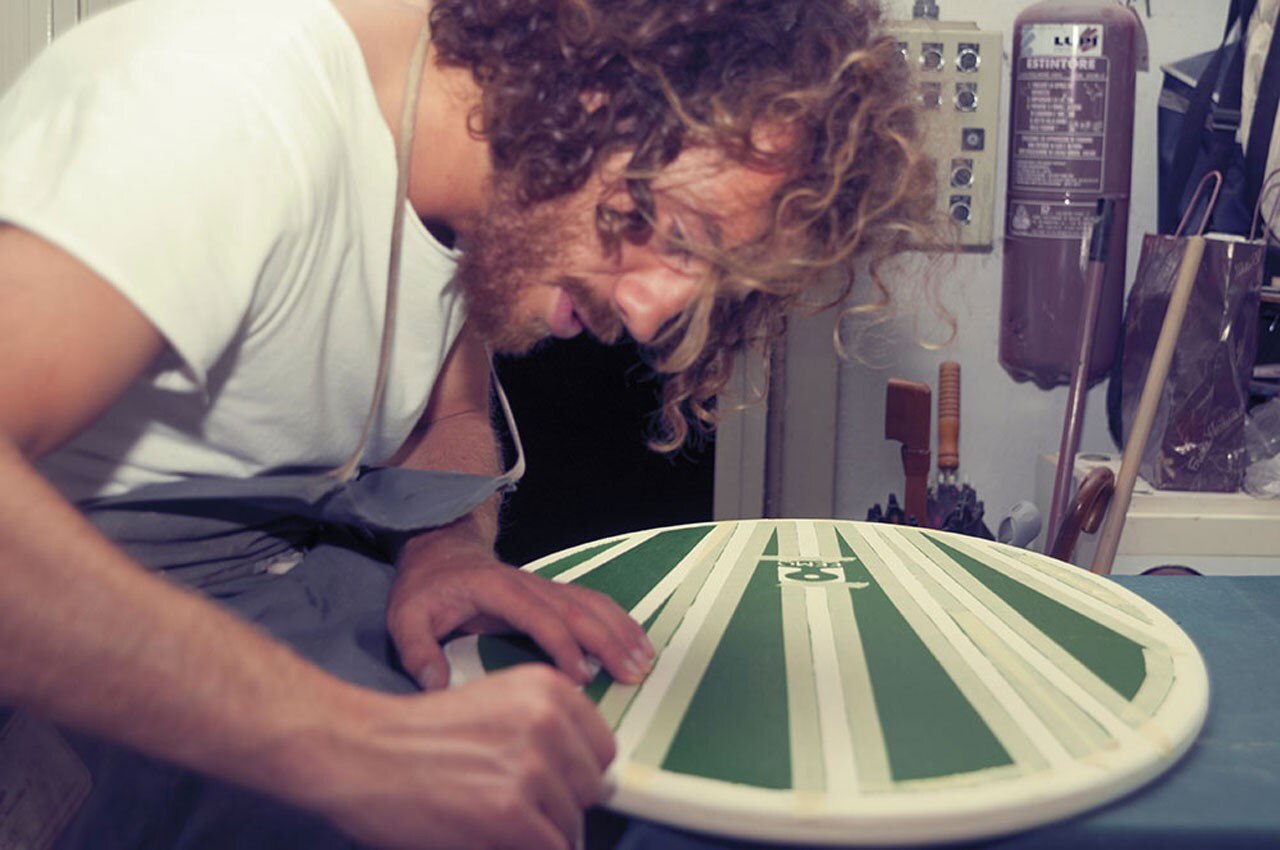
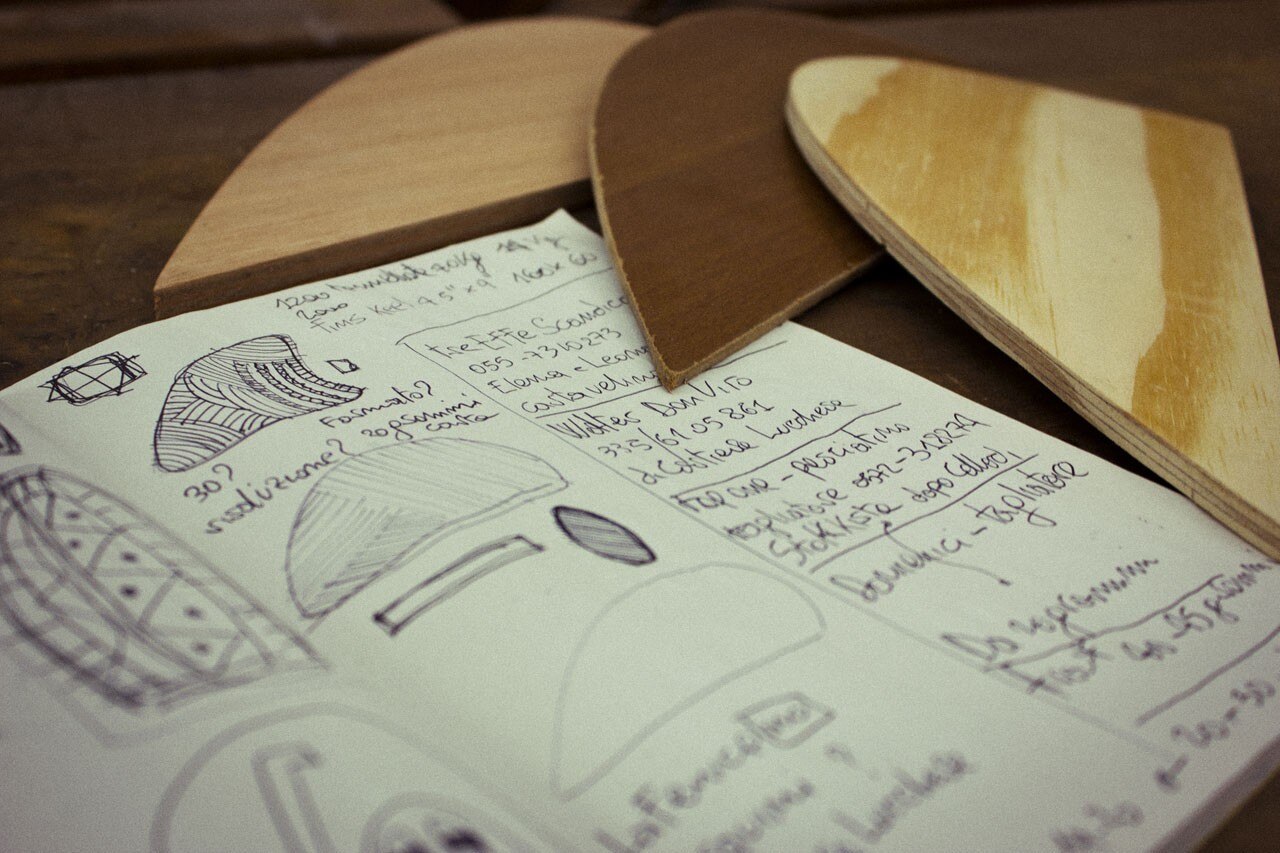
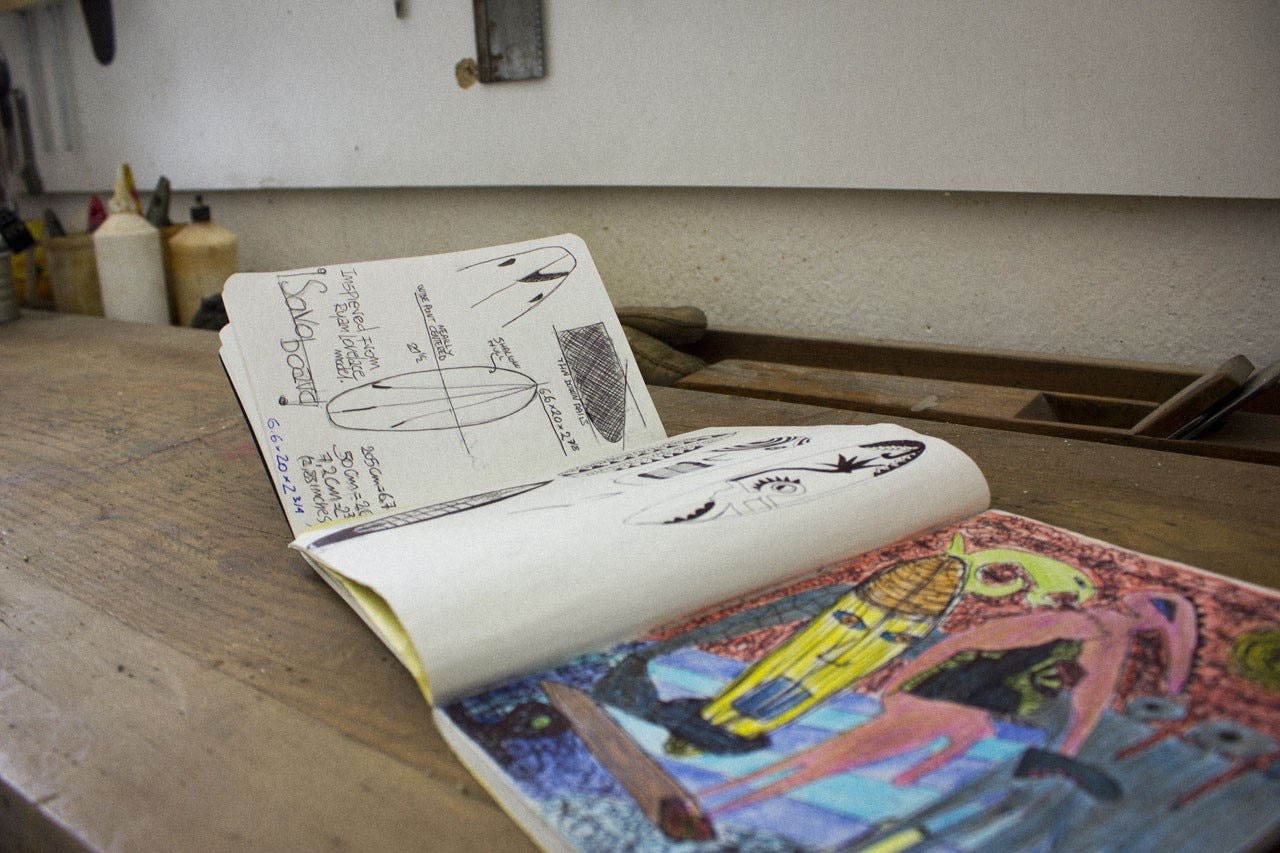
Surfboard design, as part of product design, needs to transmit the objective value of the product itself and the system of skills it has emerged from, with continual reference to the great masters.
“Here in Tuscany we have Dr Ank alias Marco Rizzo, who is very well-known in Australia and California. We turn to him for advice and suggestions of all kinds, to resolve errors and setbacks. Dr Ank trained in California with one of the top makers, Donald Dakyama, a surfer born in Hawaii who has come up with some highly innovative boards and has become something of an icon for the shapers”.
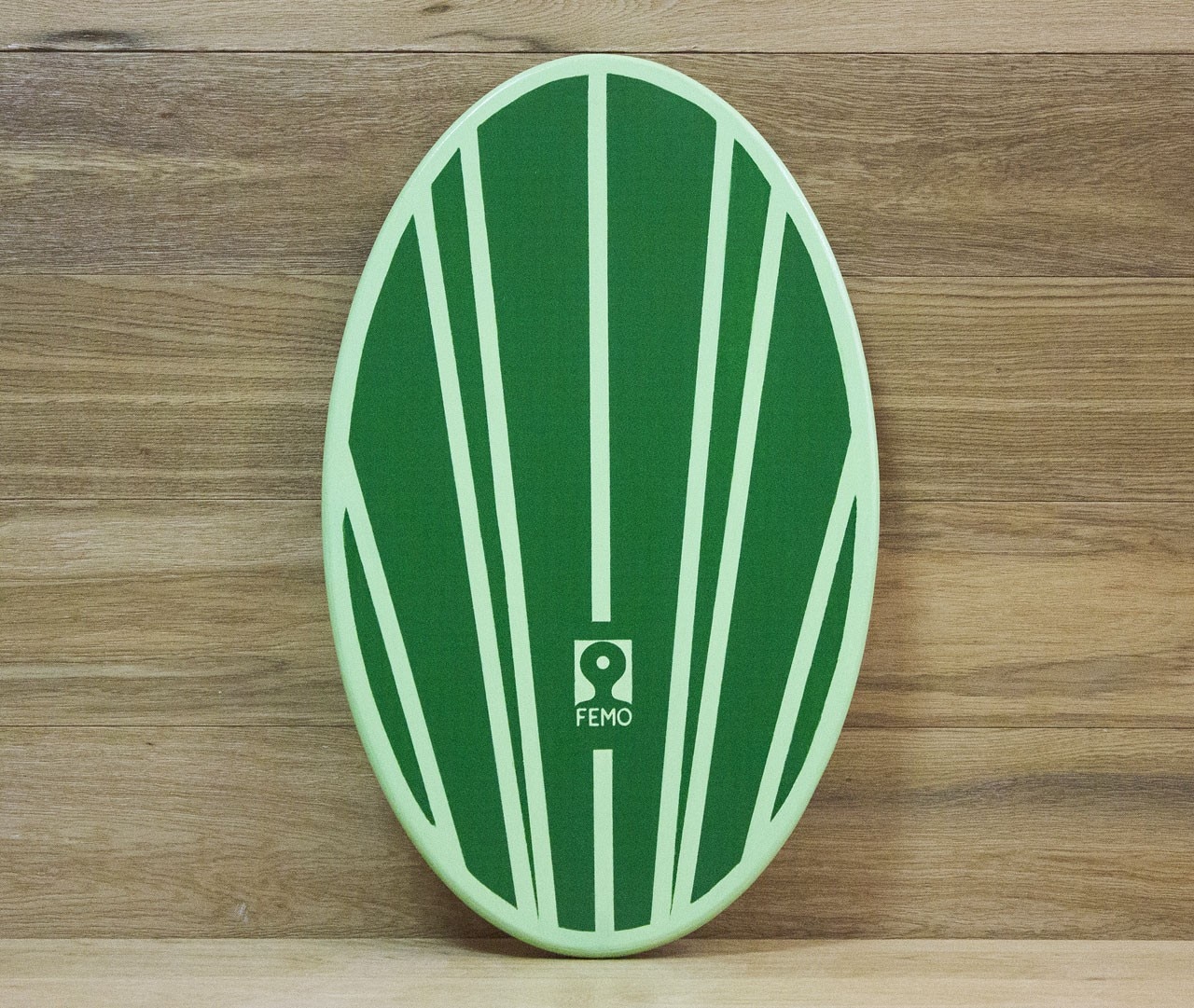
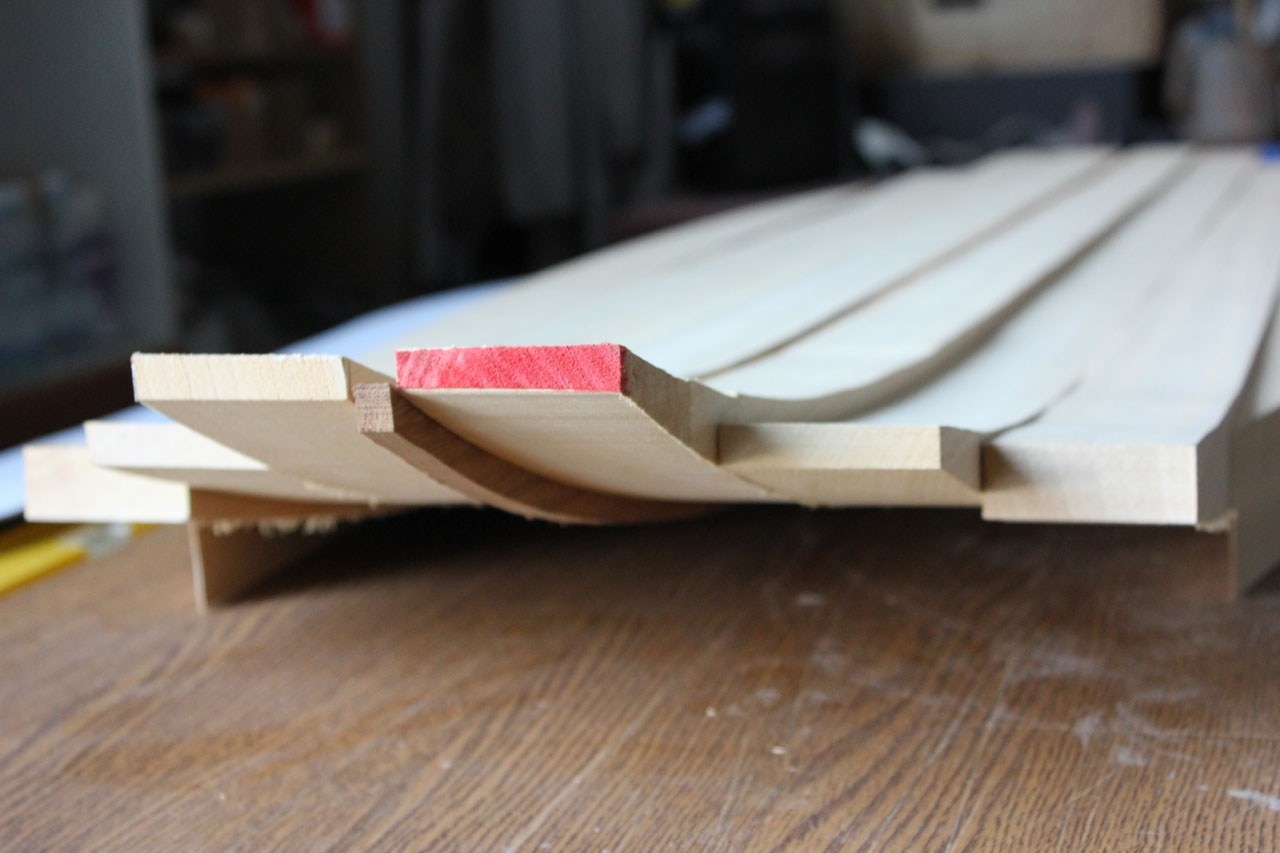
As well-trained designers, they didn't skip anything, even workshop experience. “On the Australian Gold Coast we went to study the work of the artisans in a surfboard workshop, in particular to learn about being a shaper, whose average age is 45. It is a question of manual skills and experience, there we could see how the boards were made and note every detail. We were also lucky to be able to spend time on the waves teaching ourselves”.
Each board is different and tailor-made for the surfer: the outline and curvature depends on various factors such as height and weight but especially the waves where you surf. Finally there is the core of the board, the stringer that is the central strip that gives it strength and rigidity.
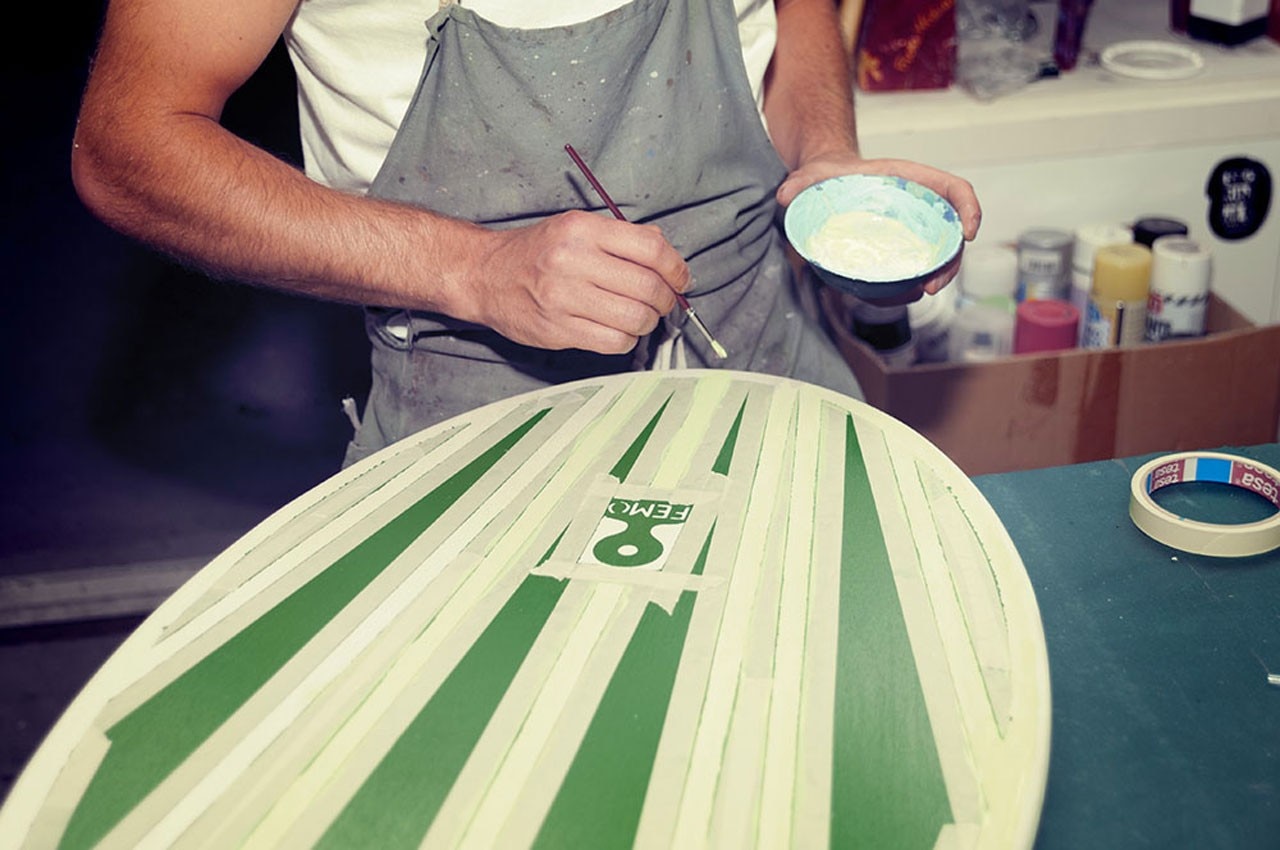
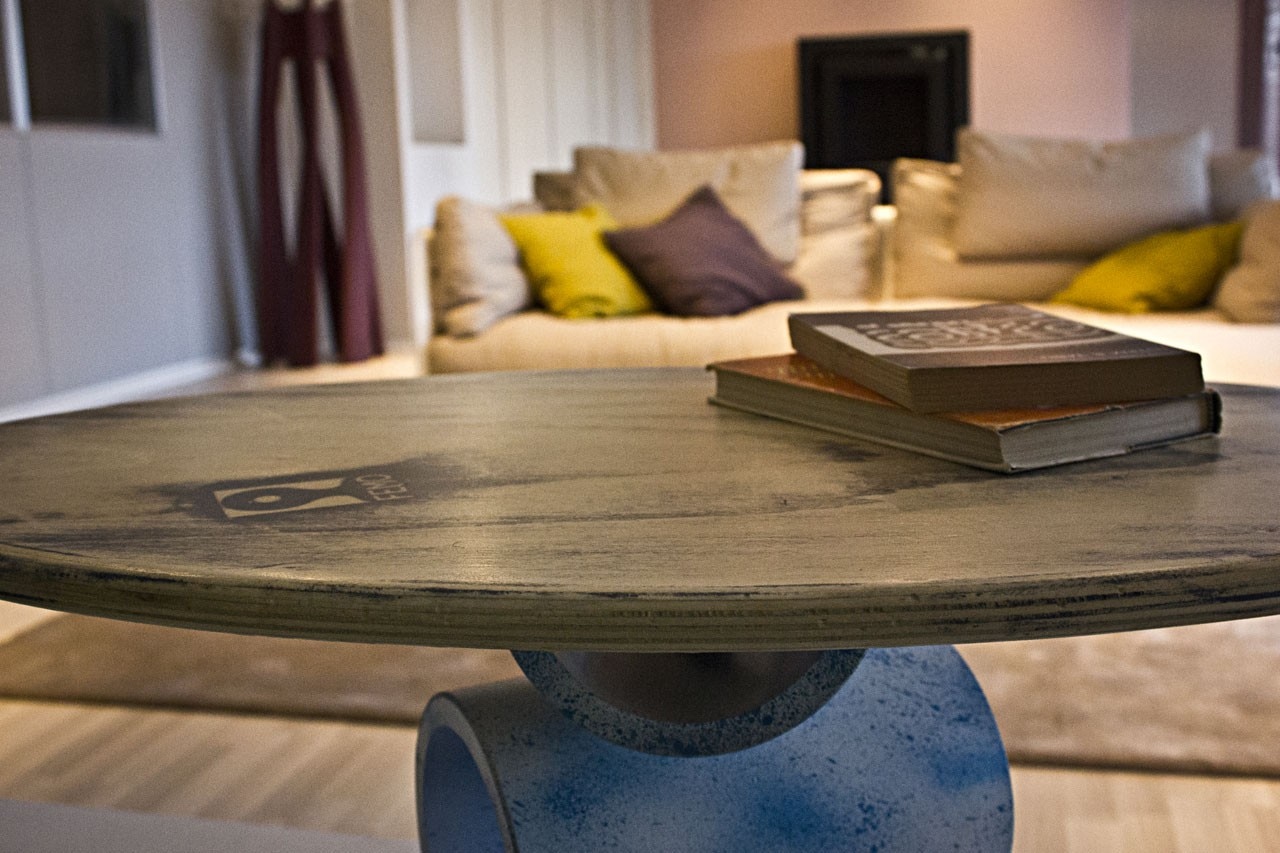
With a ticket booked for California – to continue to discover the oceans of the world and to export the brand – the founders of Femo talk about objectives that go against the tide with respect to today's design world, in the depths of economic recession. “It is not important just to sell. Of course we would like to live off our brand but above all we want our boards to be fun. This spirit is applied to our idea of design, where everything is hand-crafted, with distribution channels that also function simply by word-of-mouth”.
